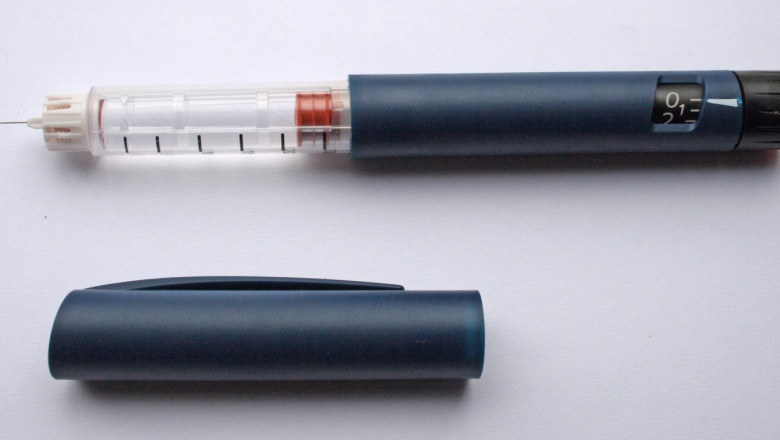views
The insulin pen market has seen significant growth in recent years, driven by the rising global prevalence of diabetes, growing patient awareness, and increasing demand for user-friendly and efficient insulin delivery devices. As a vital component in diabetes management, insulin pens offer a convenient alternative to traditional syringes and vials, promoting better adherence to insulin therapy and improving patients’ quality of life.
Diabetes has become a global health concern, with the World Health Organization (WHO) estimating that over 500 million adults are currently living with the disease. This number is expected to continue rising due to factors such as aging populations, sedentary lifestyles, and unhealthy diets. In response to this increasing disease burden, the healthcare industry is emphasizing self-management solutions that can help patients maintain tighter glucose control with greater ease, and insulin pens are at the forefront of this movement.
Insulin pens are categorized primarily into reusable and disposable types. Reusable pens consist of a durable pen body that can be refilled with insulin cartridges, whereas disposable pens come prefilled and are discarded after use. Both options have found favor among different patient demographics, with reusable pens appealing to long-term insulin users and disposable pens offering convenience for occasional use or travel.
Technological advancements have played a key role in shaping the current landscape of the insulin pen market. Modern pens now feature memory functions to track dose history, digital displays for accuracy, and Bluetooth connectivity for integration with diabetes management apps. These innovations have made insulin administration not only easier but also safer and more accurate, particularly for elderly patients or those with visual or motor impairments.
The market is also seeing growing investment from pharmaceutical and medical device companies. Leading players such as Novo Nordisk, Sanofi, Eli Lilly, and Ypsomed are continually innovating and launching new models to expand their customer base. For instance, smart insulin pens that sync with glucose monitors and mobile applications are creating new opportunities by enabling personalized and data-driven diabetes care.
Geographically, North America and Europe currently dominate the insulin pen market, driven by high awareness, supportive healthcare infrastructure, and favorable reimbursement policies. However, Asia-Pacific is anticipated to witness the fastest growth in the coming years. The region’s expanding diabetic population, increasing healthcare expenditures, and rising urbanization are fueling demand for better insulin delivery solutions. Countries like China and India, with their large diabetic populations, present significant untapped potential.
Despite the encouraging outlook, the market does face certain challenges. High costs associated with some advanced insulin pens and limited access in low-income regions continue to be barriers. Furthermore, environmental concerns surrounding disposable pens are prompting discussions around sustainability and eco-friendly product development. Manufacturers are exploring biodegradable materials and recycling initiatives to address these concerns and align with global sustainability goals.
Regulatory support also plays a vital role in the market’s trajectory. Governments and healthcare agencies are increasingly endorsing patient education programs to improve diabetes management outcomes, indirectly boosting demand for accessible and easy-to-use insulin delivery methods like pens. The U.S. FDA and the European Medicines Agency have established streamlined approval pathways for innovative diabetes devices, encouraging more rapid product development.
Looking ahead, the insulin pen market is expected to continue evolving in response to technological progress and patient-centered innovations. The integration of artificial intelligence and cloud-based monitoring systems may further enhance disease management, offering patients and healthcare providers real-time data and predictive insights. These developments are not only improving the usability of insulin pens but also revolutionizing the broader ecosystem of diabetes care.
In conclusion, the insulin pen market is witnessing robust growth driven by medical, technological, and demographic factors. As diabetes becomes more widespread, the demand for efficient, patient-friendly insulin delivery tools like pens will continue to rise. With ongoing innovations and expanding market reach, insulin pens are poised to remain an essential component of modern diabetes management.






















Comments
0 comment